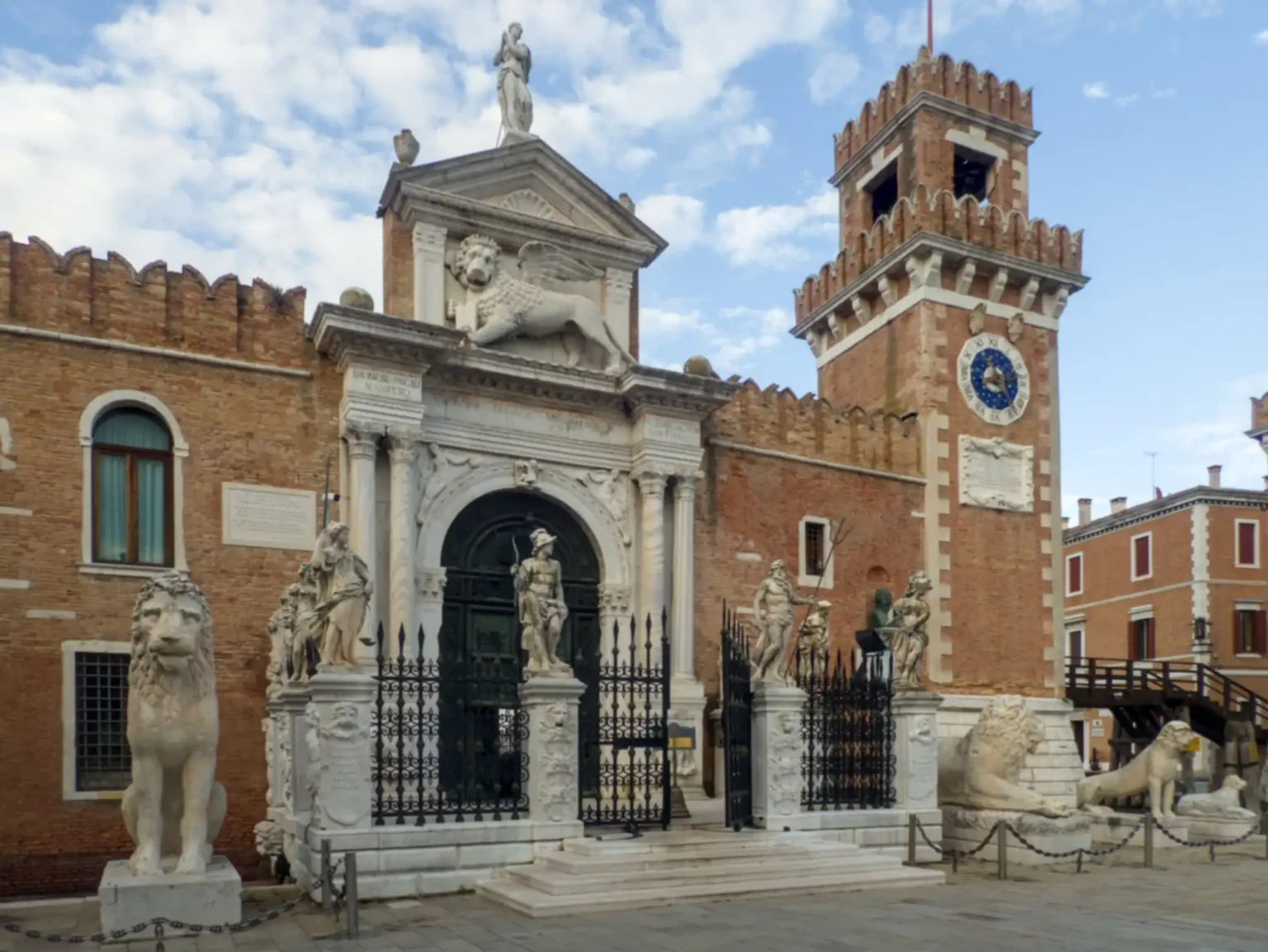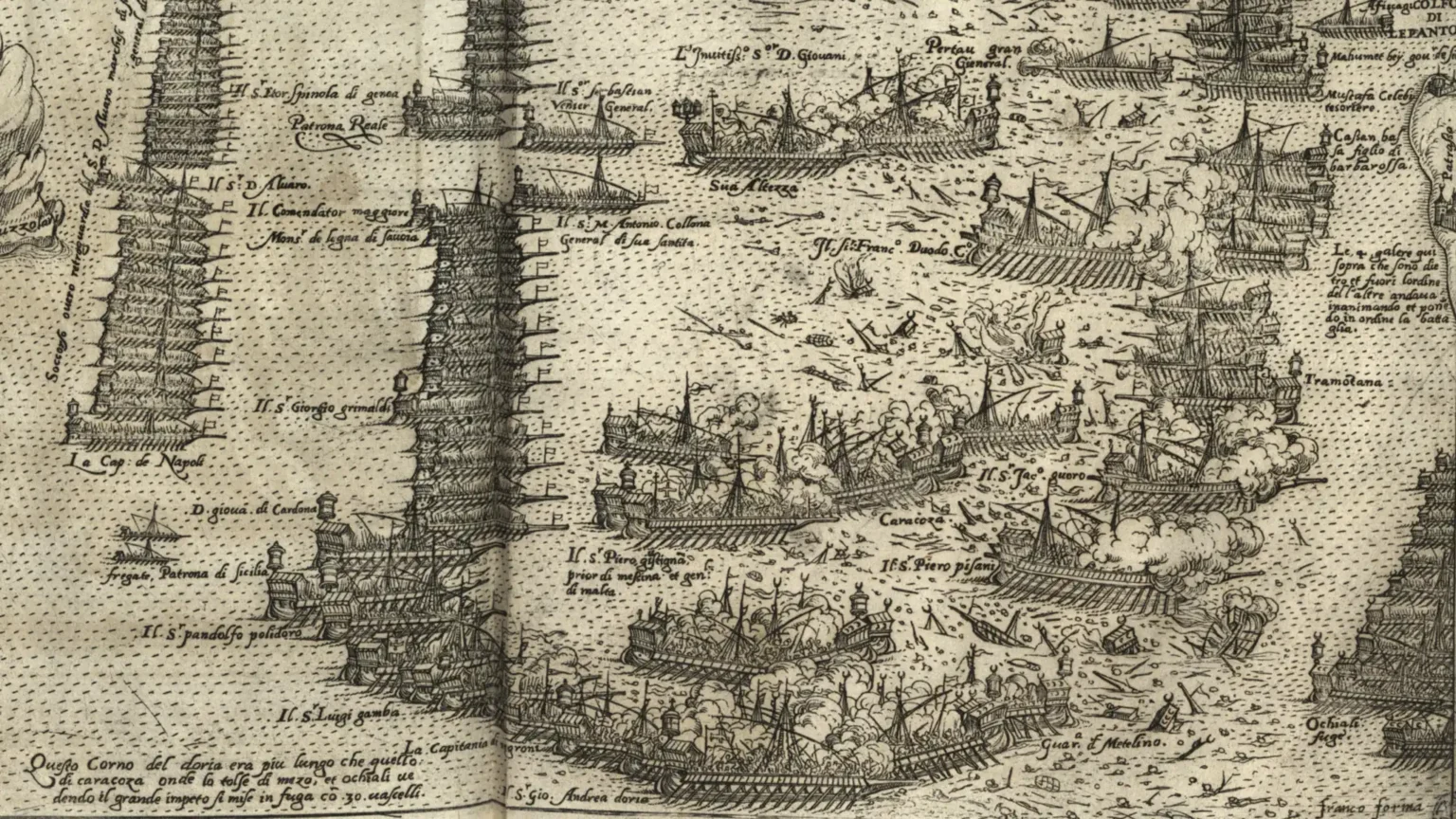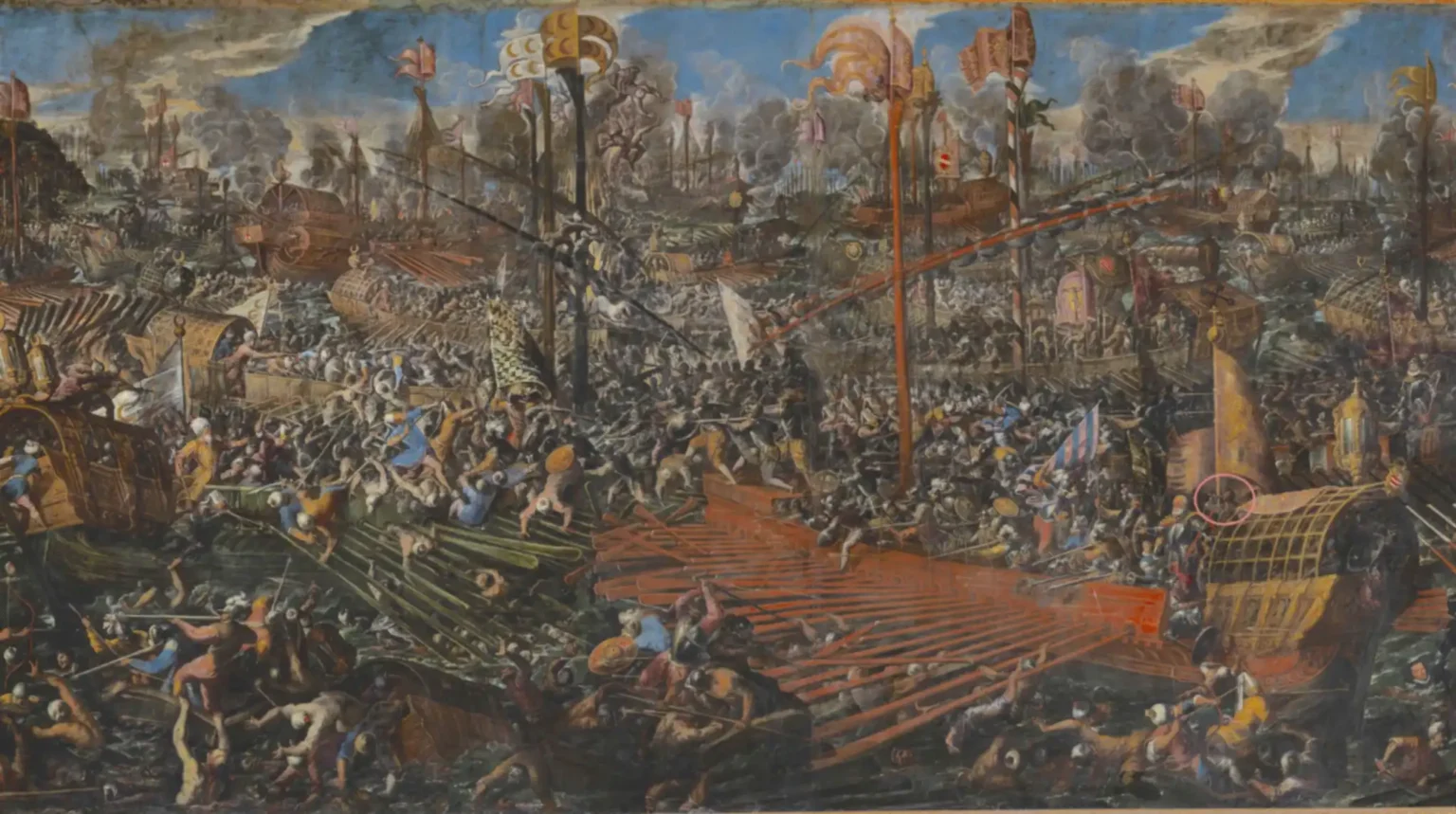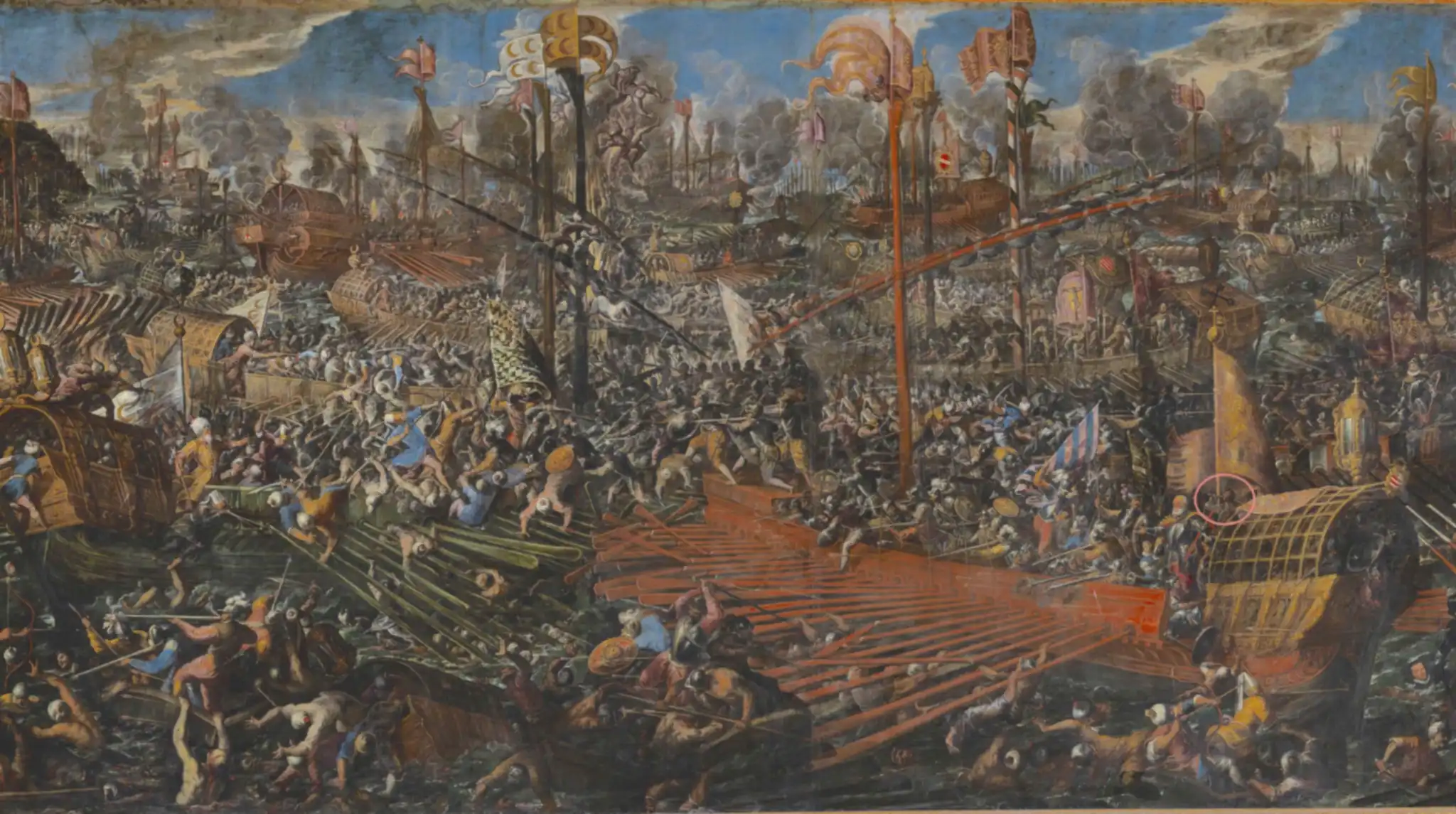Yesterday, October 7th, was the anniversary of the Battle of Lepanto, fought in 1571 between the Ottoman Empire and the Holy League, which included all the states of the Italian peninsula, including the Spanish Empire.
A combined Christian navy of over 200 galleys with 40,000 sailors and soldiers, clashed with over 300 Ottoman ships, with almost 50,000 men. The Holy League, however, had far more guns than the Turkish side.
War galleys were rowed ships, descendants of ancient Roman triremes. Besides the sailors and soldiers, each side had around 40,000 rowers. They were usually chained to the benches. Some were prisoners of war from earlier conflicts, some caught in slave raids on the Mediterranean coasts, and others sentenced to forced labour for some offence.
The navy of the Holy League was therefore partially rowed by Muslim prisoners, and the Ottoman navy by Christian captives.
The battle ended with the Holy League victorious.
Almost half the Turkish ships were captured, and over 15,000 Christian slaves were freed from the captured ships.
Each year, until the end of the Republic of Venice, the victory was celebrated in Venice.
October 7th is the feast of Santa Giustina, so the victory was ascribed to her intercession. Consequently, each year, the doge went to the Church of Santa Giustina in Castello for a solemn mass.
The entire entrance gate to the Arsenale is a giant monument to the victory over the Turks at the Curzolari, as the Venetian usually called it.

The front of the central tower of the Fortress of Sant’Andrea — the first thing foreign ships saw as they entered the lagoon — boats a large leon andante — a walking lion — with an inscription celebrating the victory of 1571.
In the Doge’s Palace, there are several paintings celebrating the victory, including a large canvas in the meeting hall of the Maggior Consiglio.
The problem with all these monuments and celebrations, is the fact that Venice lost the war.
The battle did prevent further Ottoman advances by sea towards Sicily and the Italian peninsula, but the main beneficiaries of this were the Spanish Empire, which controlled Sicily and the Kingdom of Naples, and the Pope, whose state spanned the peninsula at the centre.
It didn’t loosen Turkish control of the Eastern Mediterranean. Within a year, they had replaced the lost galleys, so the Ottoman presence at sea didn’t diminish in the long term.

Why was the battle even fought?
The wider war, during which the battle took place, was the Fourth Turkish-Venetian War, or the War of Cyprus, as it is also called.
It started in 1570, with an Ottoman attack on the island of Cyprus, which had been under Venetian control for a century. One of the pretexts for the attack was the constant slave raids by Western privateers on the coasts of the Levant.
As the Holy League was gathering its fleet, the Venetian garrison on the fortress of Famagusta was fighting a losing battle against the besiegers. With little help from the motherland, they surrendered in August 1571.
The consequences of this Turkish conquest of Cyprus are still with us today.
The Battle of Lepanto didn’t change the outcome of the war.
After the battle, all the other participants, satisfied with their victory, sailed back home, leaving Venice alone to negotiate a peace treaty with the Ottomans.
The peace treaty was signed in Constantinople in March 1573. Venice had to cede Cyprus, and even pay a large sum in compensation to the Ottoman Empire.
Despite the victory of Lepanto, Venice lost the war, and Cyprus with it.
Nobody, however, wants to commemorate a defeat, so the Venetians clung on to their only major victory of the war.



Leave a Reply